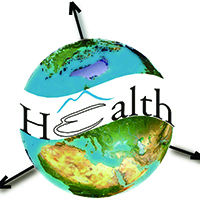Spatio-temporal epidemiology of emergency medical requests in a large urban area. A scan-statistic approach

All claims expressed in this article are solely those of the authors and do not necessarily represent those of their affiliated organizations, or those of the publisher, the editors and the reviewers. Any product that may be evaluated in this article or claim that may be made by its manufacturer is not guaranteed or endorsed by the publisher.
Accepted: 22 October 2021
Authors
Pre-hospital care is provided by emergency medical services (EMS) staff, the initial health care providers at the scene of disaster. This study aimed to describe the characteristics of EMS callers and space-time distribution of emergency requests in a large urban area. Descriptive thematic maps of EMS requests were created using an empirical Bayesian smoothing approach. Spatial, temporal and spatio-temporal clustering techniques were applied to EMS data based on Kulldorff scan statistics technique. Almost 225,000 calls were registered in the EMS dispatch centre during the study period. Approximately two-thirds of these calls were associated with an altered level of patient consciousness, and the median response time for rural and urban EMS dispatches was 12.2 and 10.1 minutes, respectively. Spatio-temporal clusters of EMS requests were mostly located in central parts of the city, particularly near the downtown area. However, high-response time clustered areas had a low overlap with these general, spatial clusters. This low convergence shows that some unknown factors, other than EMS requests, influence the high-response times. The findings of this study can help policymakers to better allocate EMS resources and implement tailored interventions to enhance EMS system in urban areas.








